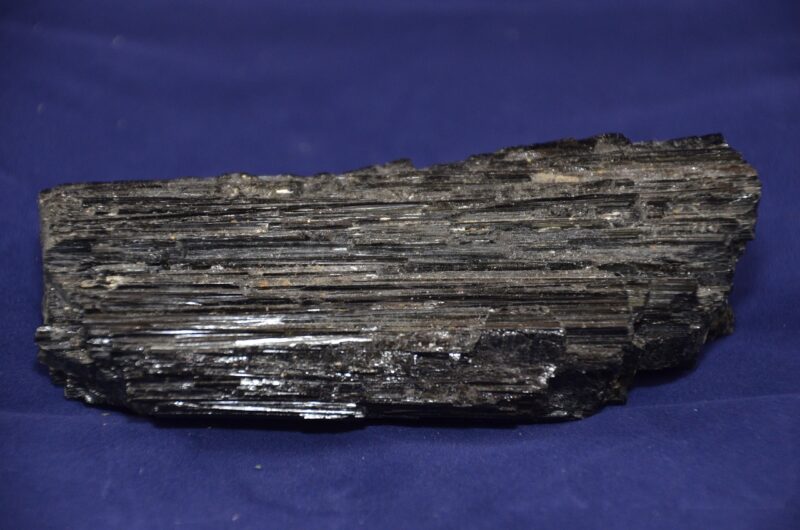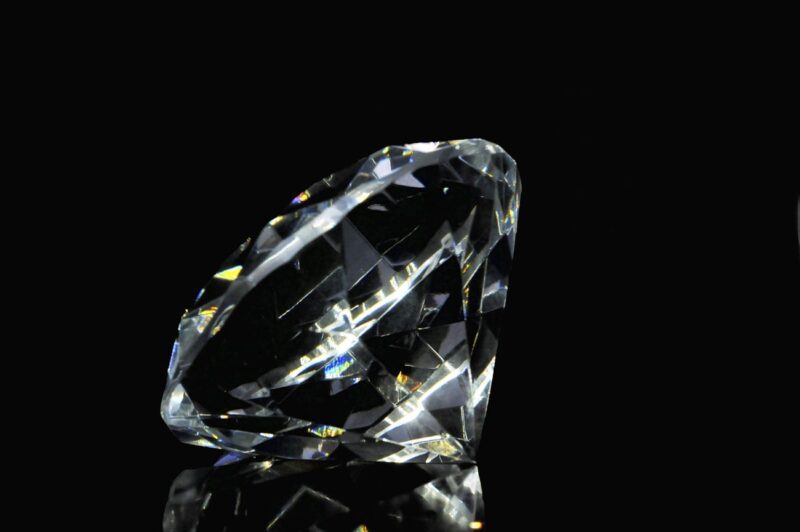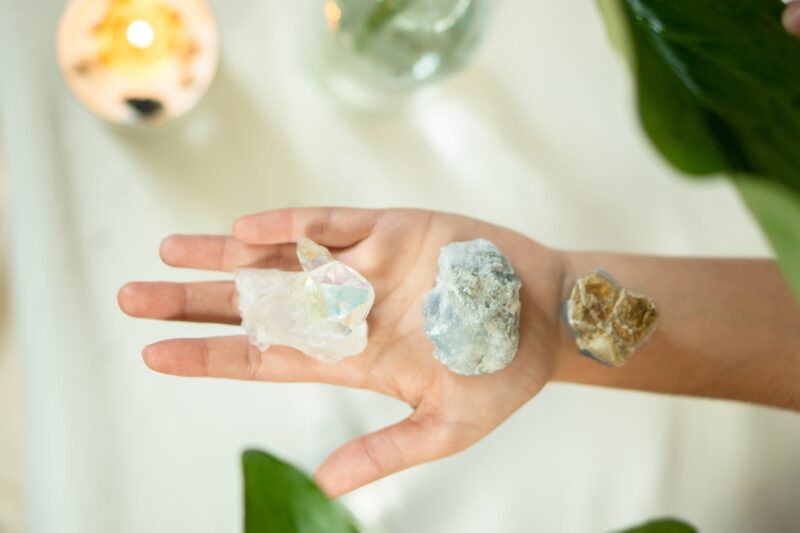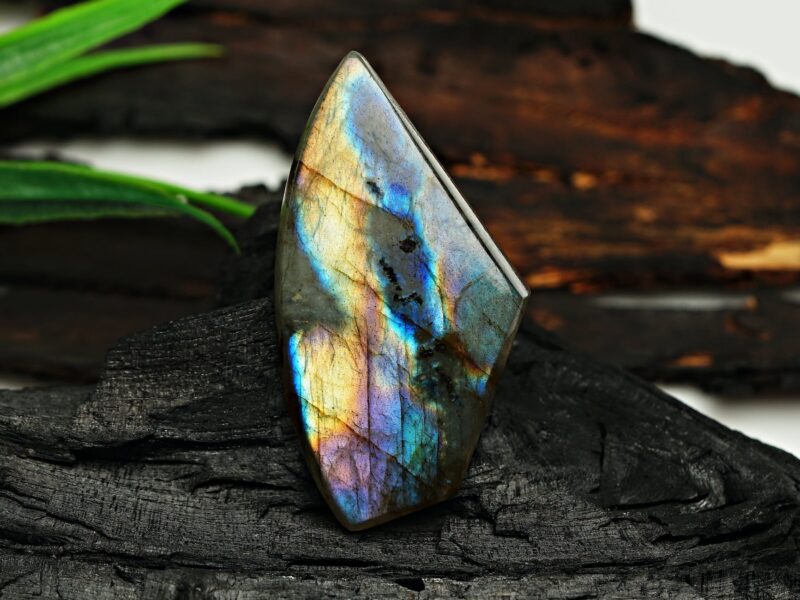Jade has been helping people all across the world for about 6,000 years, and it is claimed to bless whatever it touches. Because it was strong and could be polished and sharpened, prehistoric people in the British Isles used it to make axe heads, knives, and other weapons. Indigenous tribes in Mexico, Central and South America, and New Zealand carved it into god masks and ceremonial devices. Some cultures even cast it into wells as a gift to the water deities in exchange for clean, plentiful water. For as long as it has been documented, jade has been the most revered stone in China. It was prized for its beauty as well as its healing and protective properties. Jade has been beautifully carved into an endless number of jewels, containers, incense burners, beads, burial goods, sculptures, musical instruments, and pendants with poetry.
Most people admire jade for its metaphysical qualities. It is the perfect “dream stone,” known in both ancient and modern cultures for its ability to help people reach the spiritual world, understand sacred knowledge, be creative, and solve dreams. People think of it as a powerful healing stone and value it as a protective amulet that will help them live a long and peaceful life. Jade is a sign of wisdom gained in peace. It gets rid of bad feelings and lets people see themselves as they really are. It is a good-luck charm and a symbol of friendship.
In terms of minerals, jadeite, a sodium aluminum silicate, and nephrite, a calcium magnesium silicate, are two that share the name “jade” but are very different from one another. Both stones are very strong, look the same, and are valued in the same way because of their metaphysical properties. However, their compositions, hardness, densities, and crystal structures are different. Both appear in the lovely jade-green hues that we have come to associate with olive, but they differ in certain ways.
Nephrite is commonly found in creamy white, mid-to-dark olive green, brown, and black. It is more frequent and has a smooth surface polish with a waxy shine. Jadeite comes in a variety of colors, including white-gray green, leafy green, blue or blue-green, emerald green, lavender, pink, red, orange, greenish-black, and black. It is harder and shinier than nephrite, and it is usually more expensive. The rarest and most expensive jade is imperial jade, a translucent, emerald-green jadeite with traces of chromium.
The name and character of jade are linked with numerous civilizations, many of which pertain to its supposed medical property of healing calculus stones and kidney or bladder diseases. It was known as “spleen stone” by the Mesoamericans and Yu-stone by the ancient Chinese. Nephrite is derived from the Greek word nephros, which means “kidney.” When the Spanish conquered the New World, they dubbed it Piedra de Hijada (Lapis Nephrictus in Latin), which means “stone of the loin” or “stone of the flank.” The expression was misprinted in a subsequent French translation and became “pierre le jade.”
Nephrite and Jadeite shall be referred to as “jade” for metaphysical purposes in this article.
This article will focus on the general qualities of jade as well as the characteristics unique to green jade.
In the middle of a storm, jade is the stone of serenity. Its activity relaxes heart rhythm and balances nerves. A piece of jade carried in a pocket or on a pendant to be stroked every now and then recharges vitality and traditionally protects against disease. Jade can also be used to calm the shock or panic of the very young or very old who are being cared for in a hospital or away from their home and relatives.
Jade is helpful for relieving emotions of remorse and acute defeatism. It also addresses “pathological normalcy,” which is defined as an extreme need to conform to a group, even if it is sectarianism, exaggerated militarism, a follow-the-leader mentality, or the obsessive urge to conform to common opinion in order to belong to any cost.
Green jade, as a travel stone, prevents disease while on vacation, is excellent for persons traveling alone, and keeps pets and children from wandering or getting wounded while traveling. Green jade also promotes chi, or life force energies, and is ideal for hiking, gardening, or simply enjoying the outdoors.
Green jade is a love crystal. It promotes fresh love and boosts trustworthiness and faithfulness. It also encourages love later in one’s life.
Necklaces and pendants made of jade keep people from being dishonest or abusing their power for money or sexual gain. Jade means peace through strength, and it is especially helpful in homes or workplaces where aggressive kids or teens bully or intimidate other kids or adults.
Other hues have unique qualities:
Black Jade: emits powerful, defensive energies to fend off harmful physical or psychic attacks, including self-limitation.
Blue Jade: it helps promote visions and dreams by calming the mind and fostering serenity and introspection.
Brown Jade: is stabilizing. It is linked to the soil and brings comfort and dependability.
Lavender Jade: heals emotional wounds and offers spiritual nutrition. Its energy has the broadest etheric spectrum.
Orange Jade: offers happiness and teaches about the interdependence of all creatures. It’s upbeat and quietly stimulating.
Purple Jade: fosters merriment and pleasure and cleanses the atmosphere. It dispels negativity and improves one’s judgment.
Red Jade: is a stone of life-force energy that dispels fear and inspires one to take action.
White Jade: distractions are filtered, relevant, constructive information is drawn in, and decision-making is aided.
Yellow Jade: is a stone of assimilation and discrimination that is pleasant and dynamic.





